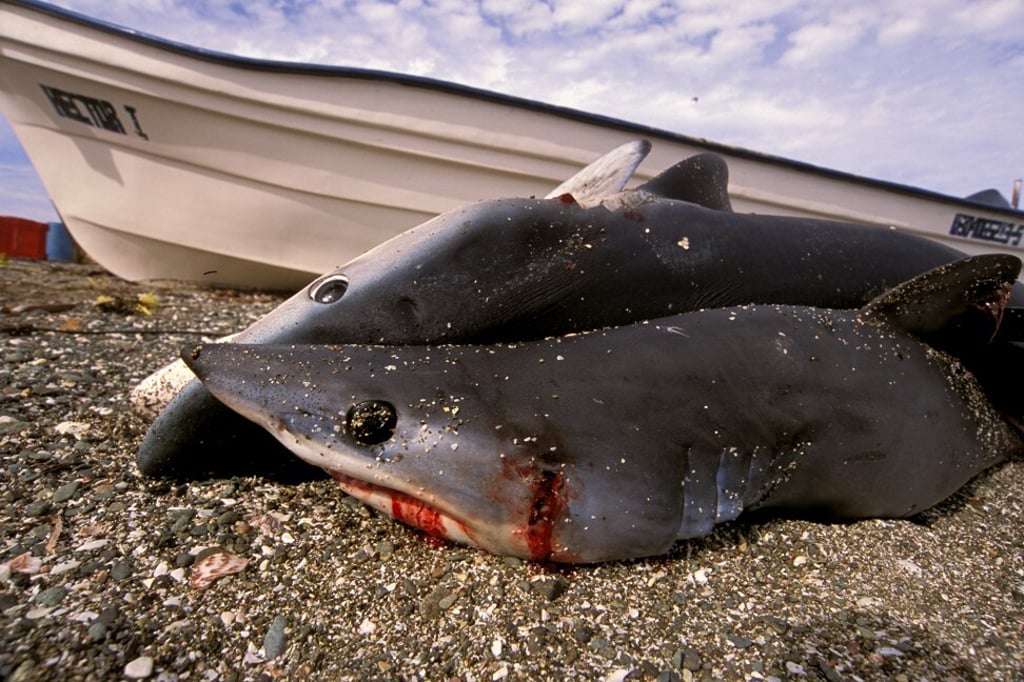Shark fin sold in Hong Kong contains dangerous levels of mercury, study finds
- Samples randomly selected from 10 shops in Sheung Wan contained levels of toxic mercury on average six to 10 times higher than government limits
- Prolonged exposure to mercury can lead to damage to the brain and central nervous system, and can interfere with fetal cognitive development

The two consignments, valued at around HK$8.6 million (US$1.1 million), came from Ecuador in South America, with most of the cargo destined for high-end restaurants in Hong Kong and the dinner tables at weddings and banquets where shark fin soup is still considered a delicacy.
But a study published this month in medical journal ScienceDirect might turn people off their expensive bowl of cartilage.
Researchers at the Florida International University (FIU) found that shark fin sold in Hong Kong often contained high levels of toxic mercury exceeding the limits set by the government’s Centre for Food Safety.
“The mercury levels are, on average, six to 10 times higher than what is considered a safe level of mercury,” says FIU student marine biologist Laura Garcia Barcia, one of the study’s co-authors.
